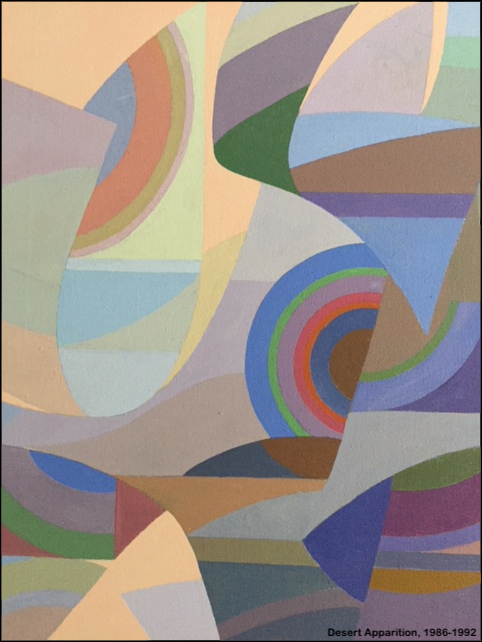The Place of Art in Everyday Life
Excerpts from John O’Neil Lecture, 1945 (?)
Introduction
In reply to the eternal and enigmatic query “What is Art?”, one useful definition is that it is the adaptation of things, by change or combination, to the accomplishment of some end. The flaw in this seemingly smooth phrase is that “the accomplishment of some end” is often the most difficult element to define and understand in a work of art. First perhaps it would be well to make the rather obvious statement that “art” in the exact sense that we all recognize, is not confined to the pictures that hang on the wall. These are only intense and concentrated manifestations of what we so generously term art, but everybody can apply the artist’s selectivity in articles of everyday use: clothes that are attractive in line and color; house furnishings that by the beauty of their construction or covering are a phase of art just as definitely as a painting or piece of sculpture, and are appealing or ugly for same reasons.
All art is in some sense classifiable. It is either decorative or utilitarian. Under the heading of decorative art falls all painting, sculpture, textiles, pottery – everything that is not intended to be put to a use but whose existence is justified by beauty alone. These things are esthetic climaxes and highlights and we can rightly expect them to stimulate the imagination and give us a keener perception and awareness of life.
Excerpt:Page 3
In my living room there are five pictures. They meet all my needs, and are so placed that their different moods are not in conflict. On one wall is a landscape in oil…a cool blue, white and green mountainside and lake. It is sunshiny but cold in appearance – not vague and romantic, but hard, bright and clear. It is soothing even when I am not looking at it because I am thoroughly aware of its being there. It casts an aura of calm over the whole house. If I am seated under the picture there is a lively water color to look at on the opposite wall. It has a cleaned, washed, rainy look about it but of course you can’t see any raindrops in it, even with a spyglass. Directly over a phonograph are two paintings by Indian artists. They are Indian ceremonial dances in theme, but their spirited color and design complement their setting. When the music is played, they become alive and moving.
On the opposite wall is another water color that is purely amusing. It was painted by an artist of New Mexico that lived a long time in that section of the country and became familiar enough with its inhabitants and the feel of the land to produce a highly personal and effective commentary of what he saw and knew about the land. The picture is filled with that reliable beast-of-burden, the burro. They are standing around lazily or falling down under heavy loads or eating, all with much good nature. It is very refreshing to look at, and fills you with a feeling of good humor…
But I own many more paintings than are hanging, and if any particular one in a room grows tiresome, a new one goes up in its place. After some time however, if the discarded painting is really true and good and worthwhile, it can be hung again after a short period of rest and will be just as important as it was before. All really great art will withstand this test.
Excerpt: Page 7
Perhaps the most perfect blending of the best features of the decorative and utilitarian arts is found in the typical Japanese house. By combining a simple but flexible arrangement of rooms with frank and honest use of materials a satisfying simplicity was achieved. Spaciousness was suggested, not by actually great proportions, but by using sliding screens that opened out into the garden, and by planning the garden to seem a part of the house. The house seemed to move out into the garden and the garden into the house; the two elements formed an inseparable unit.
In the actual construction, beauty of surfaces was emphasized. Raw unpainted wood waxed slightly to bring out the beauty of the grain is a more plausible use than the Western tradition of heavily stained and painted wood. In fact the Japanese had a great respect for the beauty of natural formations. They would be delighted if they could find timber for the interior mouldings of the house that was filled with worm holes…to them this was the evidence of a natural and beautiful design.
But even more unusual than this was the use of actual decoration. One small recessed alcove in the main room was reserved for the study of an especially beautiful piece of art; there was no other decoration anyplace. For the piece in the alcove was changed frequently. One day it might be a painting, another time a delicate pottery bowl or perhaps just a simple arrangement of flowers and this was given the proper reverence by its singleness and sharp contract it made with unbroken wall spaces.
This stark barrenness of habitation does not often appeal to our type of mind, and yet the restful calmness by elimination of non-essentials is enviable.
